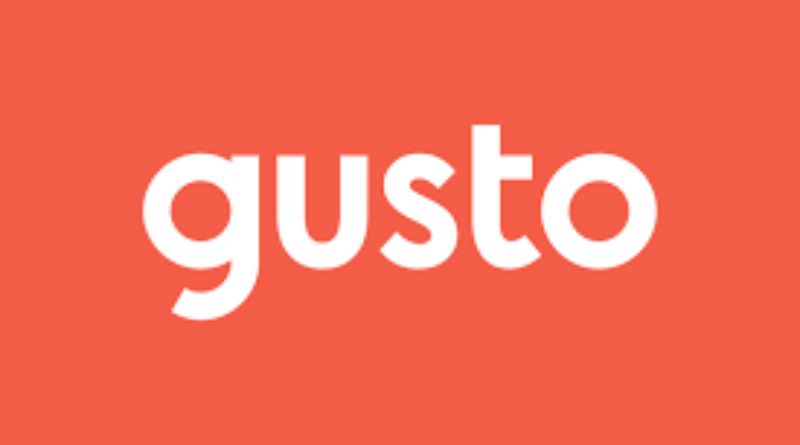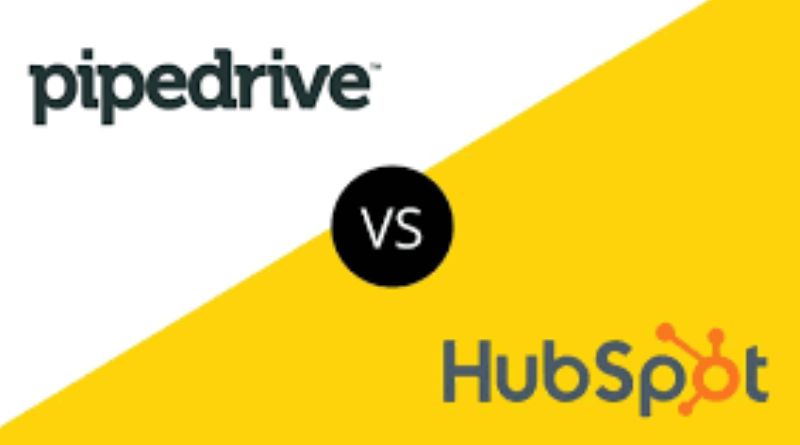With many massive advancements in technology, the business and e-Commerce world is also seeing substantial changes. Although the internet was every business’s need from the start, now it is almost impossible for a company to operate without the internet.
Whether it’s a corner grocery store or a big multinational company, the internet and the internet of things are involved in every operation, one way or another. It helps plan campaigns, execute ideas, and gain new or retain old employees.
However, from several service providers like offered by Optimum (https://www.buytvinternetphone.com/optimum/packages), there is more to selecting an ISP for your business than what meets the eye. And today, we are going to talk about just that. Let’s get started.
How Fast is Fast Enough for a Business?
Choosing the right internet plan is essential for a business in the long term. For that, it is necessary to evaluate your business’s needs and then start thinking about everything else. To assist you with this matter, we have listed some bandwidth ranges that suit different types and sizes of businesses.
15-25 Mbps: This speed range is enough for a very small startup with a couple of employees for basic internet use, such as browsing and email purposes.
25-50 Mbps: This speed range is for a small business with a handful of employees conducting general file sharing, chatting, or conferencing purposes.
50-75 Mbps: This speed range is a great option for a business with multiple in-house employees and also remote workers. However, sometimes it may show lags and delays, but otherwise, it is sufficient for general use, data handling, and file sharing.
75-100 Mbps: This speed range is suitable for a business with below a hundred employees and can handle heavy data use, streaming, and advanced communication.
100-150 Mbps: This speed range welcomes rising businesses with high internet-demanding tasks such as hosting or running an online store.
150-500 Mbps: This speed range is ideal for businesses operating on a large scale. It can handle almost everything (even simultaneously), increasing employee count and heavy data use. For even bigger industries, businesses, organizations, and companies, some ISPs also offer 500 Mbps to 1 Gbps connection plans.
Types of Internet Connections Available
Take a look at different types of internet connections available in the market for small to large-scale businesses and stores.
DSL: DSL is mostly used in the telecommunications sector but comes with slow speeds and data limitations.
Cable: Cable is the most popular and easily accessible form of connection and is used by countless businesses globally.
Satellite: Satellite connection is ideal for companies operating in remote or rural locations.
Fiber Optics: A fiber optics connection including advanced fiber routing capabilities is perfect for every business; however, not every business can afford an optical fiber network. It is getting a lot of attention, and many big companies have already switched completely to fiber.
Points to Consider When Choosing an Internet for Your Business
Not every ISP is capable of providing optimum connection according to a business. So, you have to be wise to make the best decision. For that, consider the following points to ask from the ISP.
- Availability and Coverage
The first thing is whether the service provider operates in your area or not. Moreover, some ISPs’ coverage and packages vary from location to location, so it is best to ask for everything in detail. Then, go online and research using a zip code or a location finder to find an ISP in your area.
- Bandwidth and Speed
The next deciding factor is bandwidth and speed, which can be a hassle if not up to the mark. So, a stable, reliable, and fast internet connection is necessary for a business to stand tall in the market. In addition, it ensures efficient work management and data handling, along with smooth communications and seamless working.
- Cost and Pricing
A good internet connection shouldn’t cost you a fortune. Still, for small-sized businesses, budget is as necessary as other factors, while for large-scale companies, speed and reliability are much more important.
- Security Standards
No matter the size of a company, top-notch privacy and security are everyone’s demands. It is because every business has a ton of sensitive information and confidential data that needs protecting at all costs. Also, some companies have cloud storages, which requires additional defenses.
- Customer Support
Finally, the last piece of the puzzle is efficient and effective customer service. For a business, an ISP needs to maintain high-security standards to prevent data breaches, malware, and other such cyber threats.
Final Words
This article comes to its conclusion, and we hope we have cleared much of your confusion. Take notes from these points and contact a trustworthy ISP like Optimum internet (also available with Spanish service at servicio al cliente de Optimum), to get your business set up with high-speed internet connectivity for a safe and growth-filled future.









